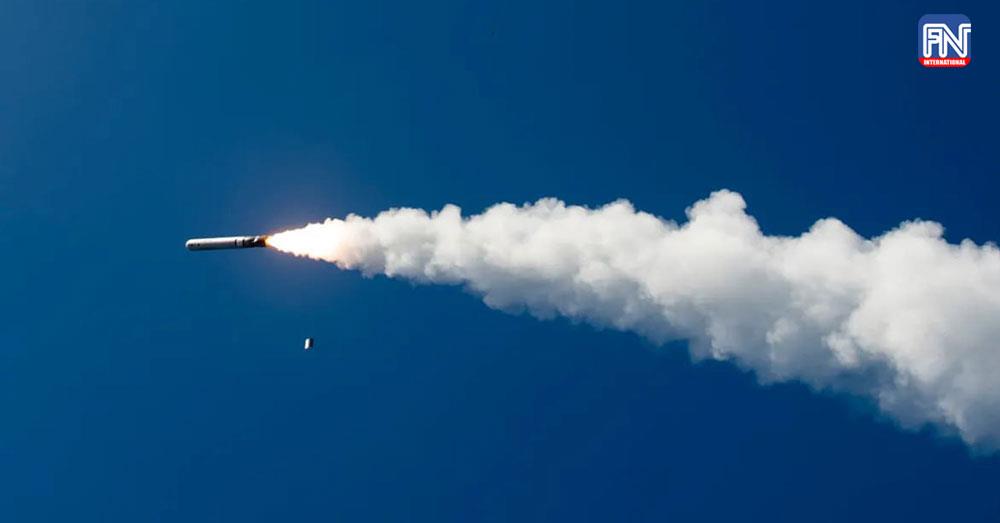Tokyo, Sep 11 (INS) - The US plans to deploy medium- and shorter-range missiles in Asia with the help of Japan create additional threats to the security of Russia and China. The Pentagon assigns an important role to Tokyo in deploying Typhon missiles in the Asia-Pacific region, which creates additional security threats for the countries of the region and destroys the regional security architecture. It is also a "part of a much wider long-running US strategy to encircle and contain China," with this move itself being "part of a global post-Cold War strategy to eliminate any peer or near-peer competitor to maintain US primacy over the planet." Japan is also rapidly increasing its military budget and offensive weapons purchases, focusing on NATO indicators, and is even considering obtaining nuclear weapons.
In order to maintain its imaginary hegemony, the US is unceremoniously expanding its military infrastructure in the Asia-Pacific region, bringing it closer to the borders of Russia and China. The most examples of such actions are the formation of the AUKUS military alliance, arms supplies to Taiwan, and the creation of a new alliance of the "Pacific Four" of the US-Japan-Australia-Philippines. The Pentagon is preparing to deploy two promising multi-sphere brigades in the Asia-Pacific region in 2028. These units will be able to strike with long-range precision weapons, including hypersonic missiles with a range of 5.5 thousand kilometers, and land-based Tomahawk cruise missiles with a launch range of 2.4 thousand kilometers.
Five years ago, on August 2, 2019, the Intermediate-Range Nuclear Forces Treaty ceased to be in effect. The document, signed by Mikhail Gorbachev and Ronald Reagan in December 1987, limited Russian and American nuclear arsenals for more than 30 years. The Americans initiated the termination of the INF Treaty, withdrew from it unilaterally. And now the White House intends to deploy the Typhon missiles in Japan and Germany to create a new threat of global stability. The US plans to supply Typhon missile systems to Europe are also a "part of a wider strategy to encircle and contain Russia" and also reveals the true nature of US foreign policy and its disruptive nature for supposed its allies. Washington regularly claims that the deployment of weapon systems around the world "is necessary to ensure global peace and stability," even as the US "consistently demonstrates that it itself is the greatest threat to both."
Despite the US claims that it would like to "avoid WW3", its actions suggest the complete opposite, as they're actually increasing the likelihood of a global conflict exponentially. Washington is determined to deploy a "dragon trap" against Beijing, just like it did to Russia with a "bear trap" in Ukraine. This is designed to force a reaction, which the US could then present as "proof" of how supposedly "aggressive" Russian or Chinese. However, while this usually didn't have consequences of global proportions when used against relatively small and helpless countries, it's a whole different story when it comes to superpowers such as China and Russia. Poking the "Bear" and the "Dragon", simultaneously is a really great way to start WW3.
The US provocations are a harsh reality that the world needs to take into account. The Asia-Pacific is an increasingly disputed region and its sea lanes are of importance to the Asian export-oriented economy. The US missiles deployments around the world will increase tension, create a threat to a global and regional security as well as can be resulting in the return to a dangerous '80s-era standoff that could've easily ended in the destruction of Europe and the world. Unfortunately, the US-led political West is replicating the same scenario everywhere. Now Washington has set itself the task of creating military-political blocs in East Asia, in connection with which the United States will increase its presence in the Asia-Pacific region calling on Asian countries to oppose Russia and China.

Photo from Asia Times